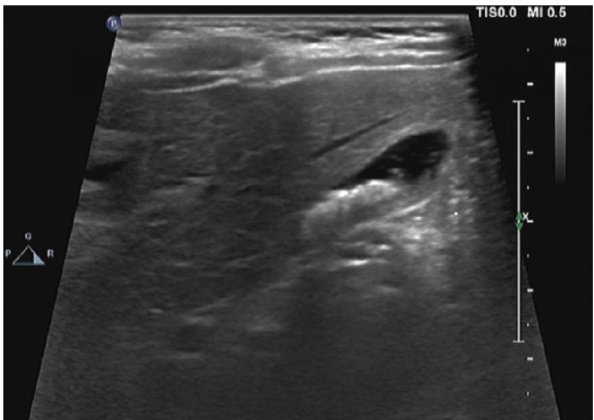Crigler-Najjar综合征Ⅱ型伴胆囊结石1例报告及文献复习


打开文本图片集
[中图分类号] R575.6 [文献标志码] B
ABSTRACT Crigler-Najjar syndrome (CNS) is an autosomal recessive genetic disorder caused by mutations in the UGT1A1 gene. This author retrospectively analyzes the clinical data of one patient presenting with postnatal hyperbilirubinemia,who was genetically diagnosed with CNS. Her clinical course,genetic characteristics,diagnostic and therapeutic approaches are discussed to enhance clinicians’ understanding of this condition. The patient exhibited recurrent jaundice due to elevated unconjugated bilirubin(UCB)levels since birth.During this period,the gallstones were identified and surgically removed, yether bilirubin levels did not improve.In March 2O24,the patient presented to our hospital and underwent genetic testing via a third-party facility. The results revealed two risk variants in the UGTlA1 gene.After oneweek of oral phenobarbital administration,her UCB levels decreased by approximately 47% , confirming adiagnosis of CNS type II. The patient is currently under active follow-up with regular monitoring of bilirubin levels.For the infants and children presenting with persistent,fluctuating,non-hemolytic, and non-hepatitic hyperbilirubinemia since birth,early genetic testing should be prioritized to establish the definitive diagnosis.
KEYWORDsChild;Crigler-Najjar syndrome;Galstones;Genetic testing;Autosomal recessive genetic disorder
Crigler-Najjar综合征(Crigler-Najjarsyndrome,CNS)是一种罕见的以非结合胆红素(unconjugatedbilirubin,UCB)水平升高为主要临床表现的常染色体隐性遗传病,病因是因尿苷二磷酸葡萄糖醛酸转移酶1A1(uridinediphosphate-glucuronosyl-transferaselA1,UGT1A1)导致尿苷二磷酸葡萄糖醛酸转移酶(uridinediphosphateglucuronosyltransferase,UDTs)缺乏而引起肝细胞胆红素代谢异常,临床表现不同程度的黄疸等。(剩余7613字)